Sneaky Studios Opens Upstate — Duncan Sheik’s Residential Recording HQ Available to Artists
GARRISON, NEW YORK: Sometimes the siren call of New York City crossfades into the call of the wild, and upstate tracking and mixing begins to beckon. At those naturally inspired moments, audio havens like upstate’s Sneaky Studios become a logical location to look to.
SonicScoop first made mention of Sneaky Studios in our June article on the facility’s founder, Duncan Sheik (“Barely Breathing”, Spring Awakening). While the studio was fully functional then, there was still an incognito feel when it came to the Garrison, NY hideaway’s commercial availability.
But lately, with multiple projects completed and all systems totally go, Sheik and his talented Chief Engineer, Michael Tudor, have been making it clearer: Artists interested in booking time at Sneaky should get in touch. For those who make the one-hour drive up the Pallisades Parkway, it’s a safe bet they’ll find that this residential music destination was worth the trip.
Blessed with space, light, views, and the ambiance of the Appalachian Trail passing through the backyard, Sneaky provides its clients with a musician-centric workflow, designed as it was around Duncan’s multi-instrumentalist skills and impulsive creativity.
“The fact that it’s owned by an artist is the first thing that distinguishes this place,” says Tudor, Sheik’s longtime engineer. “There’s so many toys there: probably 30 guitars, tons of pedals, percussion instruments, keyboards. There’s a huge pallet of stuff to work from there, as opposed to a studio in the traditional sense — where you go in and the room is kind of zeroed out, and anything you want to use has to be unpacked and put together by an assistant.
“At Sneaky Studios, all the guitars are hung out on the wall, and everything is within reach,” Tudor continues. “Also, Duncan’s always looking for what’s new and interesting, in terms of software and synths — he’s loves going into Rogue Music and swapping for gear he’s just heard about.”
For Tudor, who cut his teeth working at sound-for-picture houses like duotone early in his career, the ability to quickly capture a great live sound for guitars, drums and keyboards is paramount.
“Having spent small amounts of time to get good sounds, and letting the mics do the work – I’ve found that’s the way to go,” he explains. “It keeps the clients interested if you can immediately pull up something that sounds great. We designed the studio so that as many of the toys that you have your disposal can be hooked up in the shortest amount of time. We thought ahead about how we should design the patch bays, and what cables we would need to loop everything back out of the computer.”
During tracking and mixing, Sneaky employs an extensive Dangerous Music setup, using the Dangerous 2-Bus analog summing mixer, Monitor ST speaker switching system, and DAC ST D/A converter to cut out the console and work with the Logic/Pro Tools DAW at maximum efficiency.
“The new music industry paradigm is that the budgets are smaller, which means you need to be able to work quicker and make revisions fast if you’re working partially in the box like we are,” says Tudor, who runs a parallel setup in his own Woodstock studio, Mama’s Place. “The Dangerous gear really helps me trust that every time. Whenever I have to come back to a revision, or A/B against other commercial records, I feel like the Dangerous gear is there to do that job for me, and in a very transparent way.”
Via the Dangerous setup, Sheik and Tudor have established a highly dependable system for checking their mixes via Sneaky’s Focal and NS-10 monitors – a workflow that aided them in the completion of recent projects like Sheik’s outstanding Covers ‘80s album. An Apogee Symphony A/D D/A system is also in the signal flow, along with Neumann and Royer microphones, and Telefunken and Urei 1176 mic pre’s/outboard. It’s all the better to capture the 1917 Steinway Upright, 1911 Steinway (Happy 100!) O Grand Piano, Fender Rhodes, Wurlitzer, Hammond organs, mandolins, banjos, ukuleles, acoustic/electric guitars, marimba and more that are onsite.
With all of that going on inside, Sneaky’s setting can’t help but to elevate the music that’s made within. “The pastoral environment takes you out of your everyday head, and it’s sort of otherworldly to be surrounded by all that beauty,” Tudor relates. “Artists can be here and be completely focused: The day can be about recording, meals and going on hikes. It gives you protection and isolation from the everyday world, and creates a safe environment where you can get away and create.”
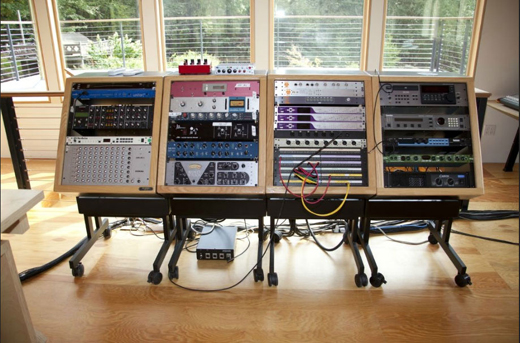
A highly thoughout out patch bay, multiple Dangerous Music units, and a tight collection of outboard make up the toolkit.
While singer/songwriters will be obviously attracted to Sneaky with its pedigree and amenities, Tudor points out that its natural appeal is wider than that. “As I said, Duncan is also a great collector of synthesizers, and very much plugged into the tools that are more electronica-oriented. So Sneaky could easily serve the new crop of young bands that are combining synths and acoustic instruments. It really has a pretty broad pallet, because Duncan’s interests and his obsession with new technology drive the design of the studio.”
The studio is adjacent to a large house with four sleeping areas, making longer-term creative stays a logistically smooth proposition. But if all this loveliness sounds like something meant just for the upper crust artist, think again.
“The way we think about it is developing relationships,” Tudor says of Sneaky Studios’ flexible rate structure. “We’re sensitive to the realities of the music business as it is. We want to make good records, and obviously we want to pay the bills, but we’re most interested in creating opportunities for people. Duncan and I are both writers/producers/engineers. We’re doing all of those things, all the time, and this is a natural extension of that.”
Track next to Washington Square Park – or cross the George Washington Bridge? As Michael Tudor observes, area facilities located off the city grid have an important function in the region’s constantly evolving audio production ecosystem.
“I think that the upstate studio fulfills a need that the NYC facilities can’t,” he says. “I spoke before about the idea of being a sort of a safe haven and a real inspiring environment creatively. An artist can come up to one of these upstate studios and feel like they’re really spreading out — go for walks, breathe the air. We go out shopping and cook in a kitchen, and there’s something therapeutic about it.
“I’m definitely a lover of NYC studios,” Tudor continues, “but you’re still in the rat race and hustle/bustle there. When you come upstate, you’re coming to an environment that will serve your every creative impulse, You enter a comfort zone that you can’t get in the city.”
— David Weiss
Please note: When you buy products through links on this page, we may earn an affiliate commission.







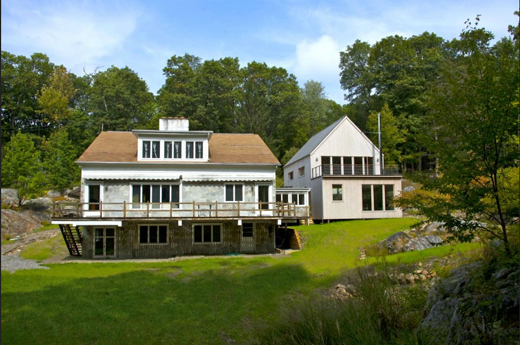
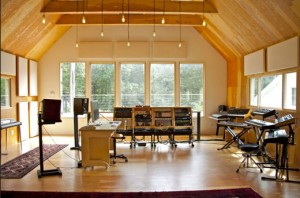


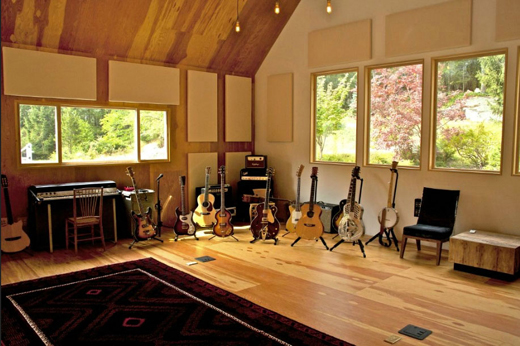
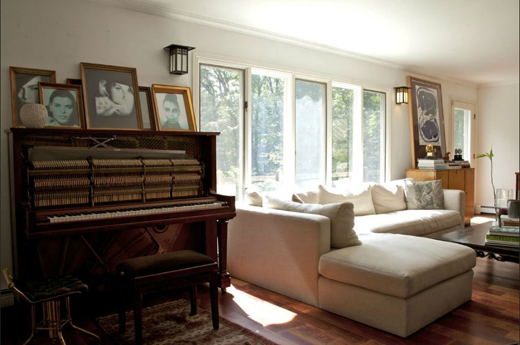
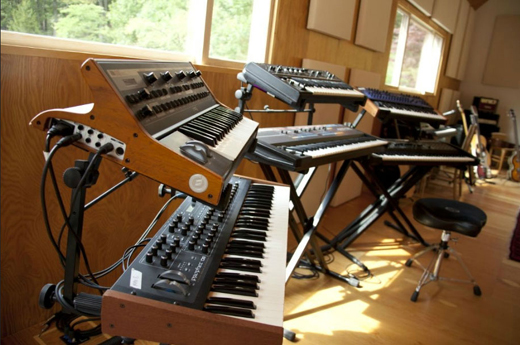
Acampwriter
October 11, 2011 at 4:55 pm (14 years ago)All I see is an iMac and a bunch of random gear. When did this become qualifications for being a “studio”
George
October 13, 2011 at 6:35 pm (14 years ago)All that glass and hardwood floors…
Christopher Dion
October 18, 2011 at 6:24 pm (14 years ago)to Acamwriter: Well, this is more than you need to make creative crystal sounding music.
Norahstevens
June 9, 2012 at 9:12 pm (13 years ago)Oh no just saw his home in Garrison for sale $1,395,000 what about the studio , is he going to move it to NYC?